















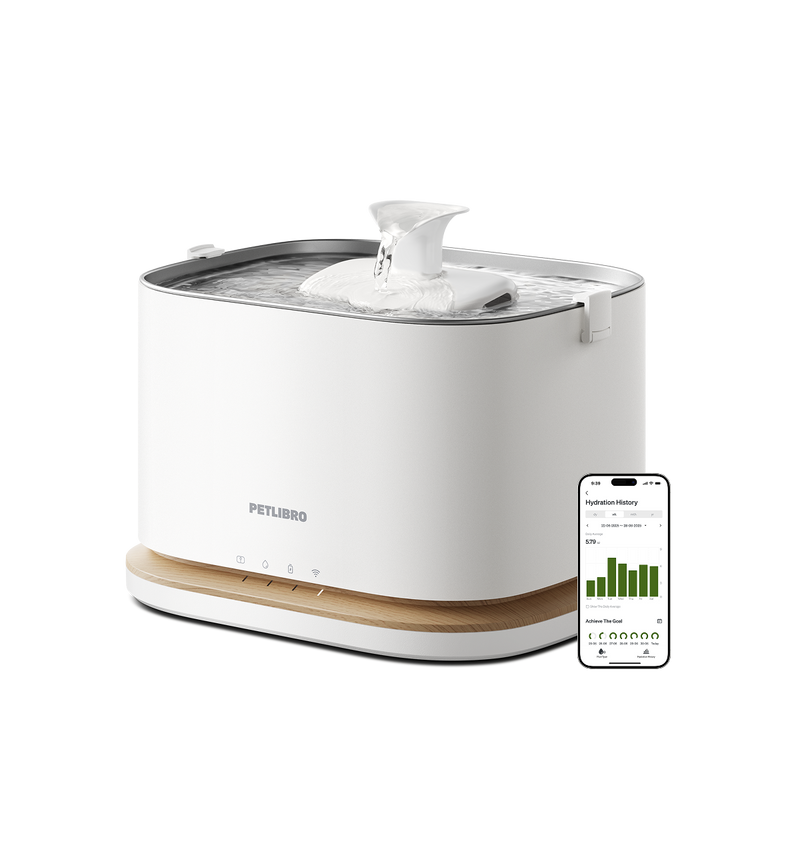

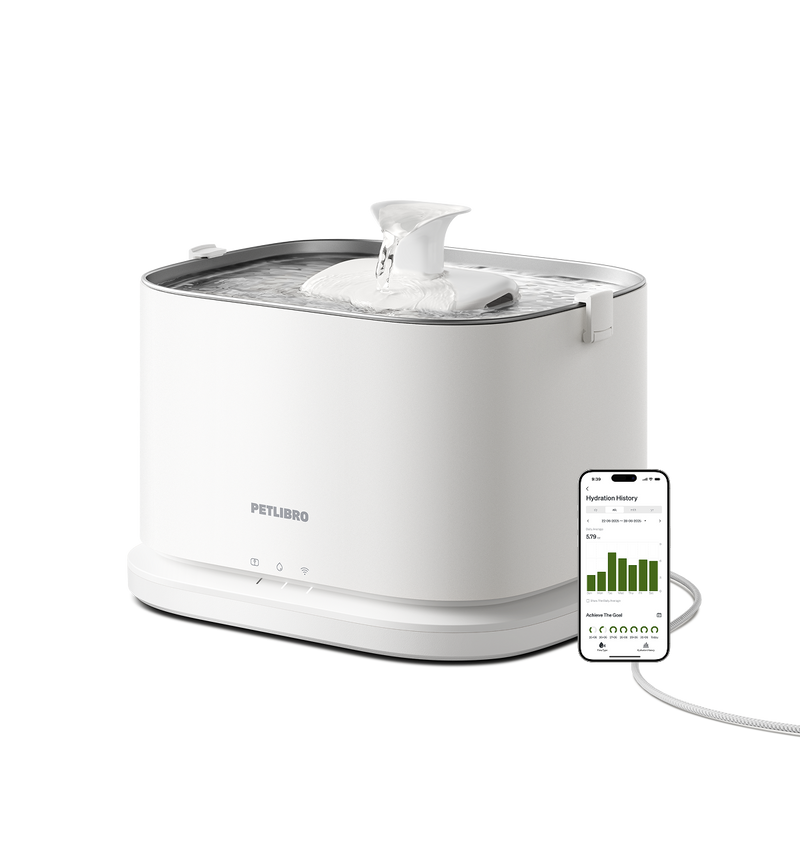
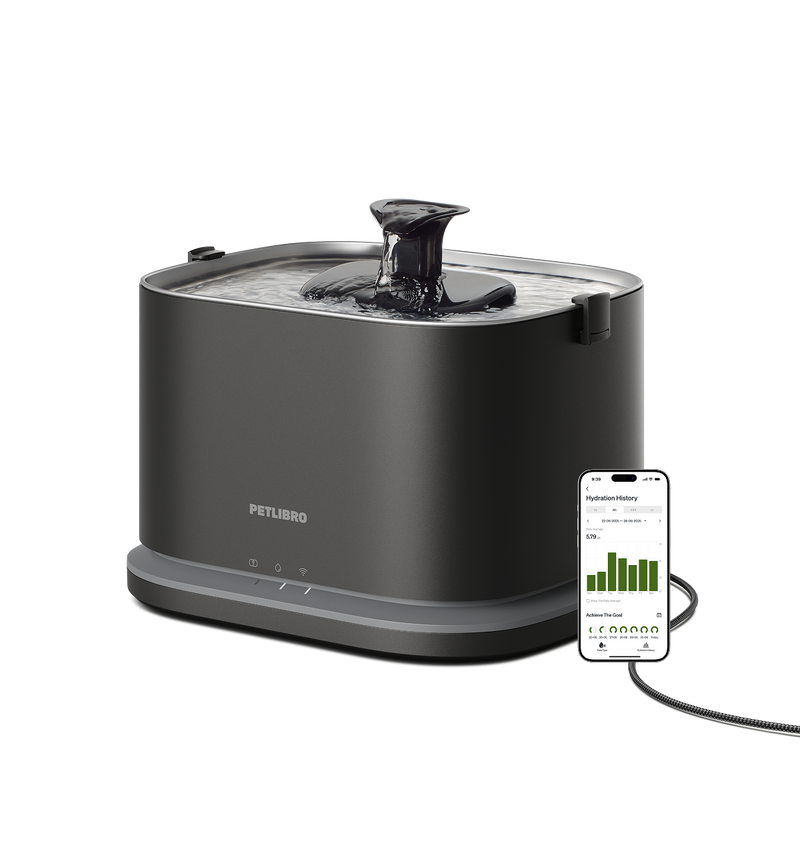










By subscribing, you agree to receive email marketing from Petlibro. Privacy Policy | Terms of Service


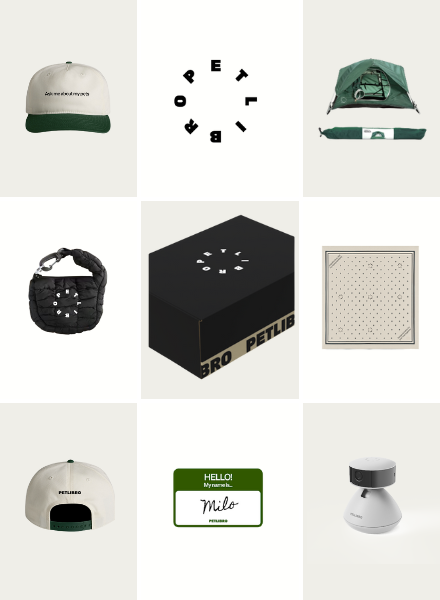
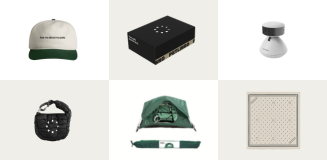
Open to legal U.S. residents, 18 years or older. Void where prohibited. Giveaway begins on 08/26/2025 and ends on 09/15/2025 at midnight PST. Three winners will each receive a limited-edition Petlibro PR Kit, which includes the Scout Smart Camera and select branded merch. Winners will be chosen at random and notified via Instagram or email (depending on entry format) by 09/30/2025. If a winner does not respond within 48 hours, another may be selected. Odds of winning depend on the total number of eligible entries received. Only one email entry per person will be counted, though additional entries may be submitted through the bonus methods described above. Petlibro is not liable for any issues that arise from participation or use of the prize. Personal information will be collected and handled in accordance with our Privacy Policy.


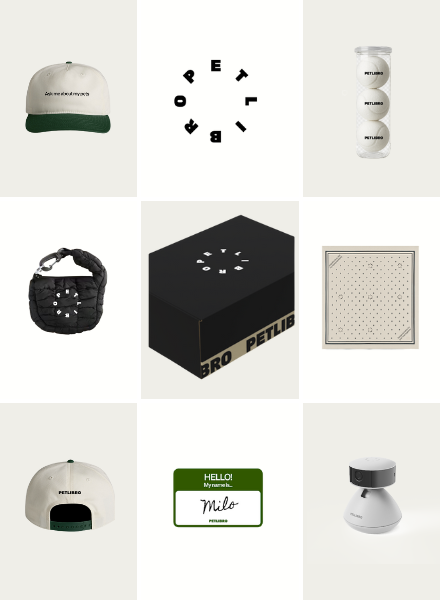
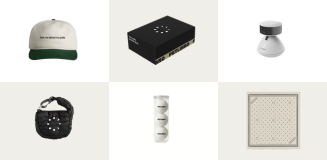
Open to legal U.S. residents, 18 years or older. Void where prohibited. Giveaway begins on 08/26/2025 and ends on 09/15/2025 at midnight PST. Three winners will each receive a limited-edition Petlibro PR Kit, which includes the Scout Smart Camera and select branded merch. Winners will be chosen at random and notified via Instagram or email (depending on entry format) by 09/30/2025. If a winner does not respond within 48 hours, another may be selected. Odds of winning depend on the total number of eligible entries received. Only one email entry per person will be counted, though additional entries may be submitted through the bonus methods described above. Petlibro is not liable for any issues that arise from participation or use of the prize. Personal information will be collected and handled in accordance with our Privacy Policy.


Do you want to know if an automatic feeder would be a good idea if you were to leave your cat alone for a week? "Yes!" is the unmistakable response. But it's vital to consider a few important considerations before starting this project. Your canine friend's health and happiness should always come first.
In this post, we'll dig into the world of automatic feeders and discuss important factors, including age, activity level, food preferences, length of your absence, and feeder selection for your cat. So let's explore the world of cat care and learn how to use an automatic feeder to give your pet cat a worry-free and well-fed week.
Cats of different ages have distinct nutritional needs that require adjustments to automatic feeder scheduling. You must also pay attention to this during your travels. While these feeders provide convenience, care must be taken to ensure they suit your furry friend's requirements.
Here's what your cat needs to eat at different ages, based on the information below and the reality of your cat.

Does your furry feline friend spend their days patrolling the backyard or napping on the couch? A cat's activity levels directly influence its energy needs and the ideal amount of food from its automatic feeder.
For an active adventure kitty, extra calories are a must! Think of cats constantly hunting, climbing, playing, and burning food much faster. These furry athletes may require around 20 - 30% more daily kibble to maintain a healthy weight.
Monitor their body condition score— you should easily feel but not see their ribs. If they seem to be losing weight on their current portion, slowly increase the automatic feeder's servings by 10-15% until the scale returns to normal. Pay more attention to your cats' daily life and record it.
On the other hand, indoor cats who spend their days napping or just lounging around tend to be less active. They likely don't need as many calories and can easily gain weight on standard portions.
For these feline friends, consider decreasing their daily feed by around 10-20% through the automatic feeder. Keep an eye out for early signs of weight gain, like a filling out of their face/neck or difficulty grooming themselves.
Whether your furry friend enjoys crunchy kibble or chunky canned food, the type of cat food you choose has implications for how long it stays fresh when left in an automatic feeder.
Dry kibble is typically the most shelf-stable option, retaining nutritional value for months when stored properly. As a result, it often works best with feeders that divide up the daily portion into multiple meals dispensed hours apart.
However, as dry food sits exposed to air for longer, it can lose some of its natural oils and flavor over time. To minimize this, opt for an automatic feeder with a cover to reduce exposure between feedings. Also, purchase slightly larger kibble cuts designed for aging cats that retain moisture better.
In contrast, canned cat food has a much shorter shelf life once opened — usually around 3 to 5 days in the refrigerator. This means it's best suited for automatic feeders that can dispense all assigned portions within that window.
Look for a feeder with compartments that hold individual meal-sized cans. Fill and set up each compartment right before you leave to ensure the freshest food for your furry friend. When you return home, immediately replace any remaining wet food to maximize its freshness.

How long you'll be away impacts the best pet care solution for your furry friend.
For short absences under a week, a high-quality feeder filled to the brim with food and water is likely sufficient. Most devices can reliably manage portions and schedules for 3-5 days before requiring refills.
However, for trips extending beyond a week or involving unforeseen delays, an automatic feeder reaches the limit of its usefulness. Cats still need company, supervision, and stimulus that technology can't replace for long periods.
For trips of 2 weeks or longer, a petsitter who stays overnight at your home 1-2 times is often best. They can provide round-the-clock care and fulfill all of your cat's needs while minimizing disruptions to their routine.
With so many automatic feeders on the market, how do you choose the best one for your furry friend? Here are the key factors to consider when selecting an ideal match for your cat's needs:
Armed with these considerations, start researching top-rated automatic cat feeders. Read reviews, compare features, and consult a vet to determine the best match. Then, test-run the feeder with your cat's actual food to work out any kinks before you need it for real.
In conclusion, while an automatic feeder can be indispensable when you leave your cat alone for a week, ensuring your feline companion's needs are met requires thorough preparation and consideration.
From choosing the right feeder to accounting for your cat's nutritional requirements, activity levels, and appropriate food supply, the key is careful planning and a desire, above all, to provide for your curious kitty's welfare during your absence. With diligence and the right technology, this endeavor can certainly work for both cat and cat parents alike.